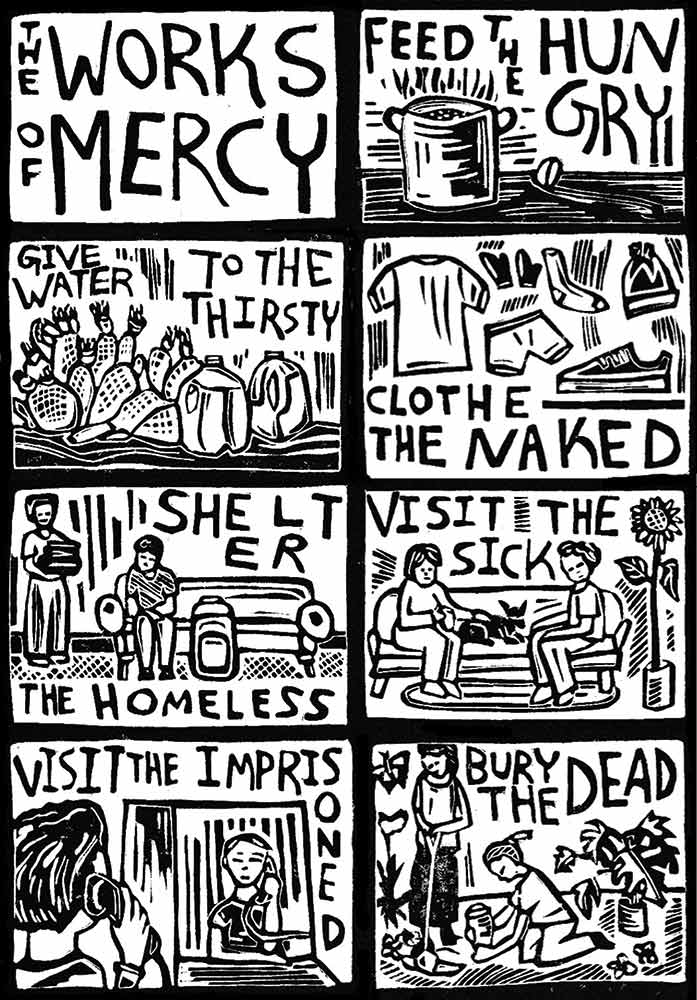The long read: Nicholas Saunders was a counterculture pioneer with an endless stream of quixotic schemes and a yearning to spread knowledge – but his true legacy is a total remaking of the way Britain eats
Source: Hippy, capitalist, guru, grocer: the forgotten genius who changed British food | Food | The Guardian
1. All food must be prepared or at least packed on the premises.2. The ingredients must be “wholefoods” ie pure, without any additives, such as flavouring, colouring or preservatives. Highly refined ingredients must be avoided.
3. Prices must be reasonable.4. Descriptions (both verbal and written) must be straightforward, down to earth and objective. Persuasive, enticing or glamorising descriptions must not be used.
5. The size and style of notices must be simple – not attention-seeking, enticing, image-building or making any use of advertising or merchandising techniques.6. “Point of sale aids” must not be used.
7. Information about recipes, ingredients, quality and suppliers must be freely available. 8. The neighbours must be given consideration and cooperation.
9. All staff must be free to see the accounts and attend meetings where they can freely express their views.10. Jobs should be rotated as far as possible, and in particular no one should be left with the unpopular jobs.
11. Outside contractors should be avoided if the work can be done by the regular staff.12. In the event of a business growing, it should not expand or set up branches, but instead assist and encourage some of its staff to split off and start another independent business.
